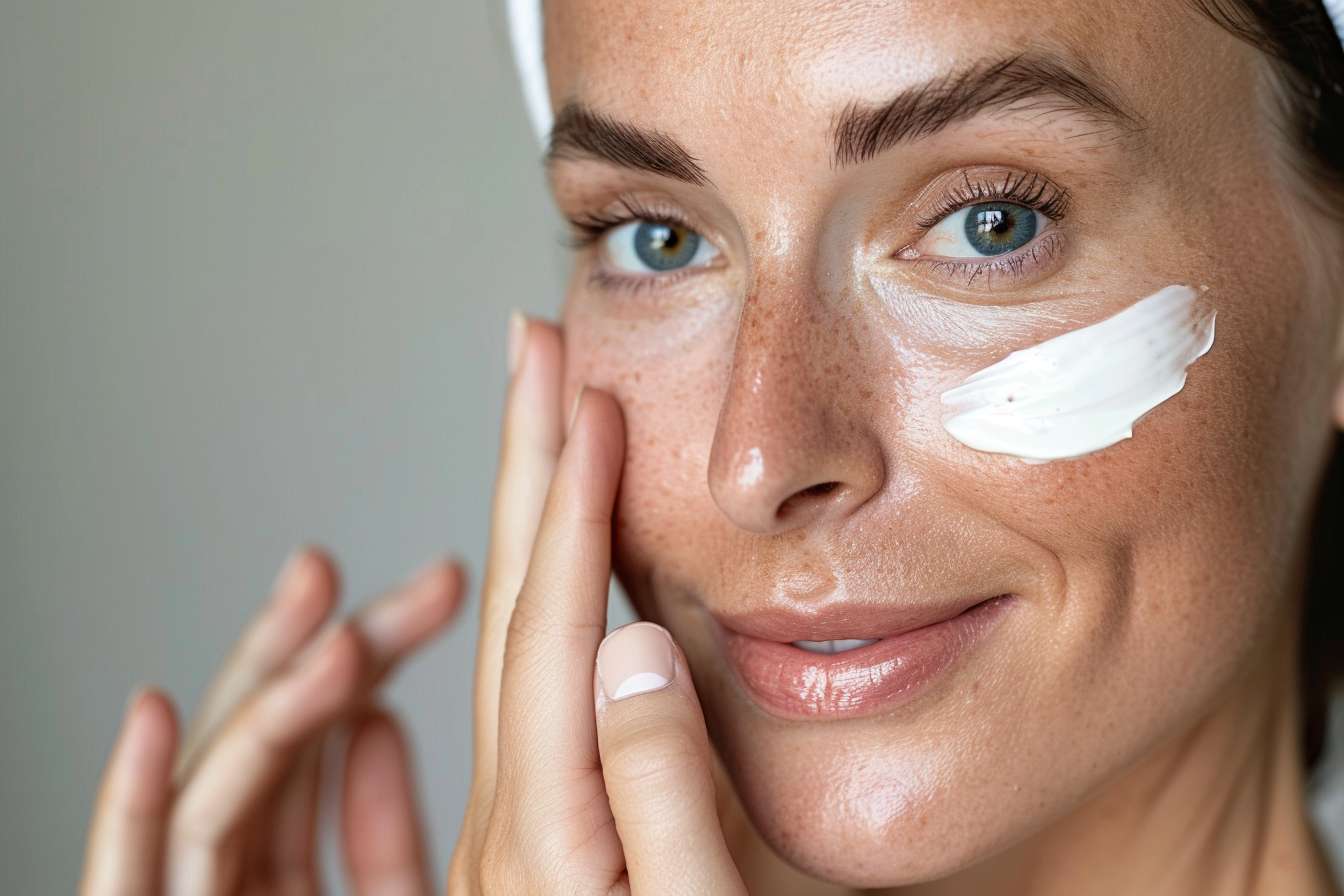Demystifying the Science and Art of Botox Treatments
Botox, a brand name for botulinum toxin, has become synonymous with the quest for ageless beauty. Once associated with the rich and famous, this injectable treatment has steadily grown in popularity among the mainstream population. Botox works by temporarily relaxing specific muscles, thereby smoothing out wrinkles and preventing the formation of new ones. This article aims to demystify the science and art of botox treatments, exploring its historical context, current relevance, trends, impact, and unique insights not widely covered elsewhere.

A Brief History of Botox in Beauty
The journey of Botox from a deadly toxin to a beauty staple is nothing short of remarkable. Botulinum toxin, produced by the bacterium Clostridium botulinum, was first identified in the 19th century as the cause of a deadly form of food poisoning. It wasn’t until the mid-20th century that scientists discovered its potential in treating muscle disorders. The FDA approved it for cosmetic use in 2002, and since then, it has revolutionized the beauty industry.
The use of Botox for aesthetic purposes began with treating facial asymmetry and spasms before it was recognized for its wrinkle-smoothing properties. It’s important to note that while Botox has a long history, its use in the beauty industry is relatively recent and is continually evolving.
Current Relevance and Popularity
Today, Botox is one of the most popular non-surgical cosmetic treatments worldwide, with millions of procedures performed each year. It’s primarily used to treat wrinkles and fine lines but is also effective for a host of medical conditions, including migraines, excessive sweating, and certain eye disorders.
The rising popularity of Botox can be attributed to its perceived safety, affordability, and minimal downtime. Moreover, the treatment’s temporary nature appeals to those hesitant to commit to permanent changes. The fact that it’s a lunchtime procedure, with one able to resume normal activities almost immediately, adds to its allure.
Trends and Impact on the Beauty Industry
Developments in Botox application techniques have led to more natural-looking results, steering away from the ‘frozen’ look that was a common criticism in the early days. This shift towards subtlety is part of a broader trend in the beauty industry towards treatments that enhance natural beauty rather than create dramatic transformations.
The widespread acceptance of Botox has also opened up the conversation around aging and beauty standards. The treatment’s popularity reflects a societal shift towards the acceptance of cosmetic procedures as part of self-care and wellness routines, rather than a taboo subject.
The Reception of Botox Among Consumers and Professionals
Consumer perception of Botox has significantly evolved over the years. Initially seen as a luxury reserved for celebrities, it’s now viewed as a routine beauty treatment. This shift in perception is largely due to increased accessibility and decreased stigma around aesthetic procedures.
Medical professionals regard Botox as a safe and effective treatment when administered correctly. However, there is an ongoing conversation about the importance of regulation and professional standards within the industry. As with any procedure, there are potential risks and side effects, and the importance of seeing a qualified professional cannot be overstated.
Unveiling Unique Insights
Despite its popularity, there are several misconceptions about Botox. One common myth is that Botox is only for older people. In reality, Botox can be used preventatively in younger individuals to slow the development of wrinkles. Another myth is that stopping Botox will make wrinkles worse. In fact, once the effects of Botox wear off, the skin simply returns to its pre-treatment state.
Botox can also be used creatively to achieve specific results. For example, the ‘Botox brow lift’ strategically relaxes certain muscles to create a subtle lift in the eyebrows. This demonstrates how Botox, when used artfully and scientifically, can enhance individual features without erasing character or expression.
In conclusion, the evolution of Botox from a lethal toxin to a sought-after beauty treatment is a testament to the dynamic nature of the beauty industry. As the conversation around aging and beauty evolves, Botox will likely continue to play an influential role in shaping beauty ideals and practices.




